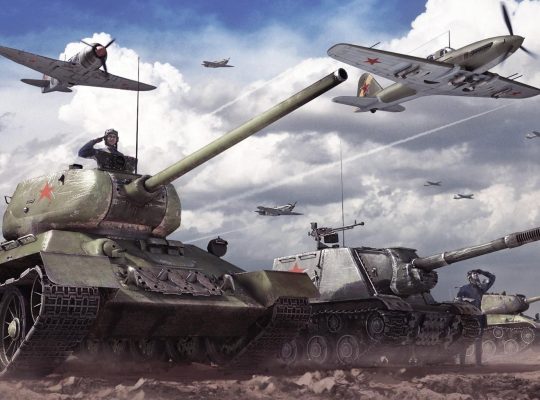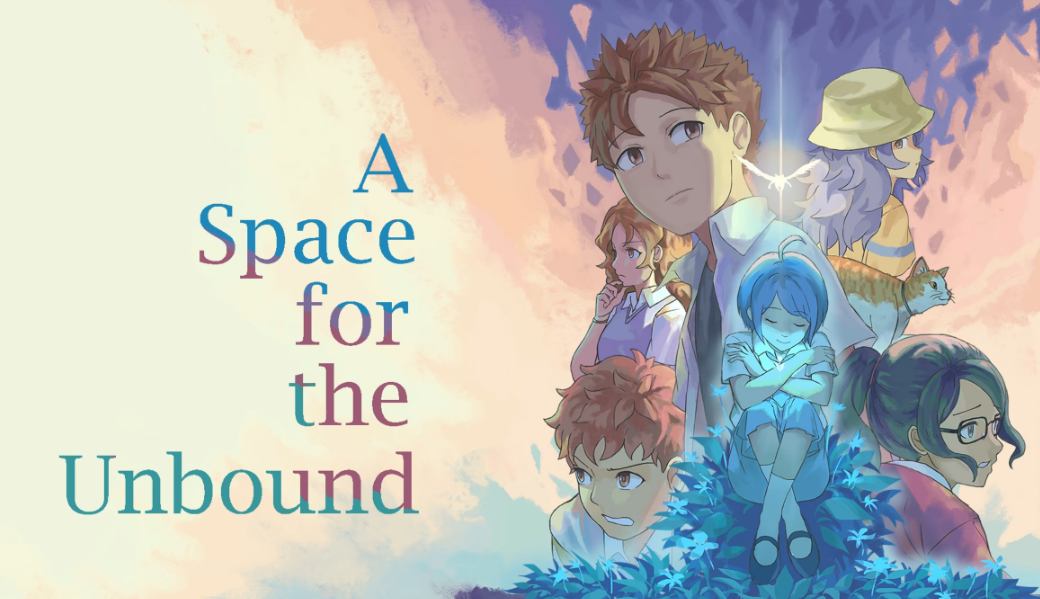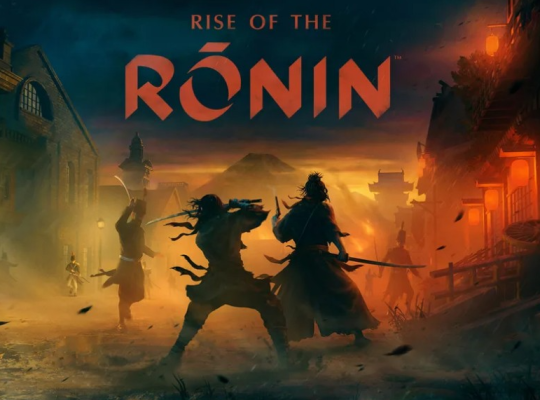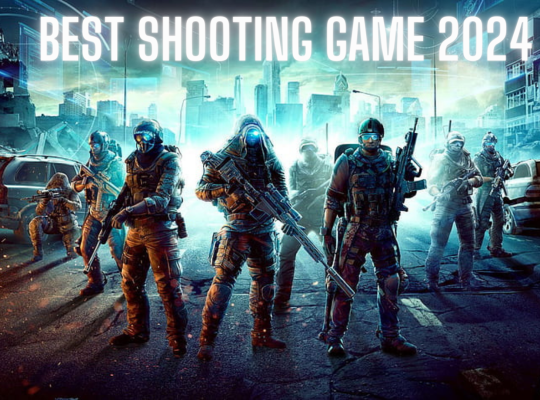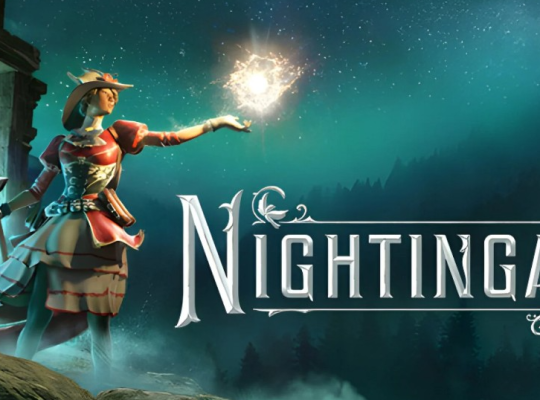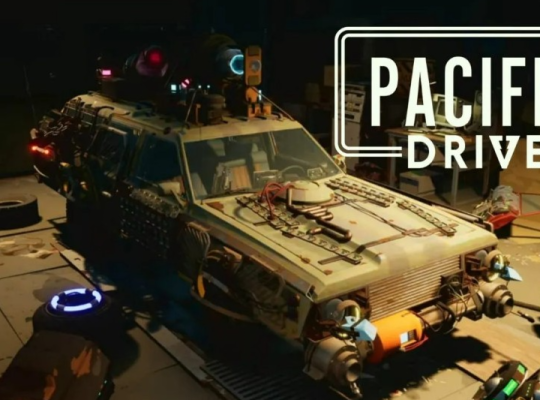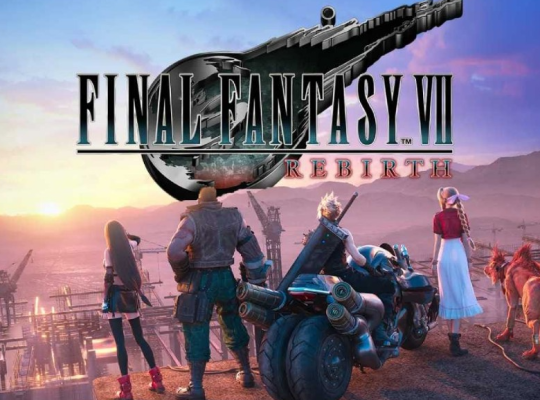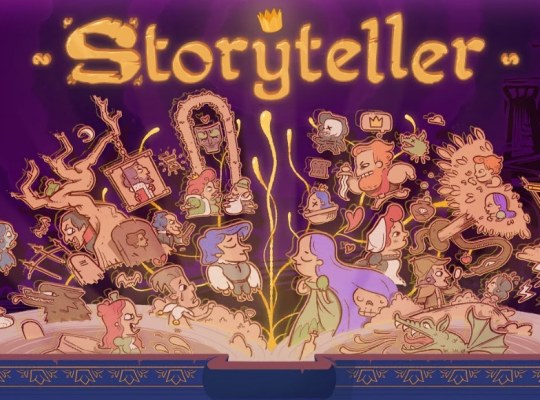“A Space for the Unbound” initiates its narrative with a dream-like prologue, introducing players to the collaborative efforts of teenage player-character Atma and the younger Nirmala as they work on a book. Following a sequence of unfortunate events, Atma finds himself awakening at school in his quaint rural town, grappling with fragmented memories. The only anchor to reality is the presence of Raya, the girl seated in front of him, whom he identifies as his girlfriend.
This marks the inception of a captivating journey where Atma endeavors to distinguish between dream and reality, delving into the depths of people’s hearts to alter their thought processes or aid them in confronting their haunting pasts. Concurrently, the narrative unfolds with supernatural occurrences involving Raya, all against the backdrop of a growing crack in the sky.
Venturing further into the intricacies of the storyline risks compromising the essence of the game, as it deliberately centers around intense themes. An early content warning for abuse, violence, and suicide sets the tone, and the game approaches these subjects with the gravity they warrant. Unlike some games that exploit trauma for shock value, “A Space for the Unbound” carefully crafts a weighty portrayal of these themes, progressing through character dialogues to unravel anxieties, neuroses, and personal issues.
The narrative excels in depicting characters attempting to maintain an idyllic life while wrestling with their inner demons, offering a nuanced and deeply personal portrayal of flawed individuals struggling to function while desperately needing help. Although one character receives minimal development despite causing significant pain, the game emphasizes the challenging reality that not everyone is willing to accept assistance, despite being deserving of it.
The mechanic of Atma ‘Spacediving’ into people’s minds serves as a pivotal point where these thematic elements intertwine with puzzles, reminiscent of games like Psychonauts. Players are tasked with solving puzzles and engaging in occasional combat, which involves hitting directional buttons and face buttons before a bar depletes, followed by timely blocking. While these segments may be considered the weaker elements of “A Space for the Unbound,” the puzzles strike a commendable balance between accessibility and difficulty, providing players with a sense of accomplishment.
The integration of adventure mechanics into gameplay varies in its success. Some instances, such as Spacedives taking the form of courtrooms reminiscent of Ace Attorney, expertly enhance narrative beats. However, there are moments where the game seems to force a different style of gameplay that may not be seamlessly supported. The combat, designed as a tool for scenarios requiring violence, occasionally feels at odds with Atma’s character, who would presumably opt for a more diplomatic approach.
A notable side story involves unlocking Atma’s fighting abilities at an arcade filled with fake machines, leading to a confrontation with bullies. While the vignette is compelling, it prompts questions about the alignment of Atma’s character with resorting to physical conflict.
The timing of numerous quick-time events (QTEs) in combat adds intensity, yet in an adventure game primarily focused on delivering an emotional story, the lack of a more fitting combat presentation for the game’s slow-paced style feels peculiar. Offering options to adjust the timing windows for QTEs would provide players with a more forgiving experience. Towards the conclusion of the game, a traditional boss fight scenario, involving dodging falling debris, feels somewhat out of place in the context of a slow-moving adventure game.
Nevertheless, the overarching brilliance of “A Space for the Unbound” shines through. The musical score traverses a spectrum from whimsical to heartstring-tugging at precisely the right moments. The thoughtfully minimalist pixel art possesses a storytelling capacity of its own, yet it is the writing that elevates the entire gaming experience.
The game consistently maintains a thoughtful tone, seamlessly oscillating between heartwarming and gut-wrenching moments. As the narrative unravels, introducing supernatural elements, time travel, and reality-hopping, players may question whether the threads of the small-town tale will successfully intertwine. Remarkably, the game accomplishes this feat, delivering a final act that serves as both a conclusion and a new beginning.
The exploration of trauma serves as a central theme, and the game takes a contemplative approach to this complex and individual experience. Capturing the essence of trauma in a narrative proves challenging due to its intensely personal nature. “A Space for the Unbound” bravely addresses this challenge, delving into universal emotions within the fantastical context of multiple universes.
The game prompts players to reflect on the profound impact of trauma, acknowledging the shared and unique aspects of personal struggles. Through intricate storytelling, emotional depth, and thematic resonance, the game provides a profound and resonant narrative experience. As the game concludes, players are left with an elevated awareness of the universality of human emotions, even when embedded in the extraordinary narrative tapestry of a fictional world.
A Space for the Unbound provides a beautiful mystical environment, accompanied by a strong and heartwarming plot.
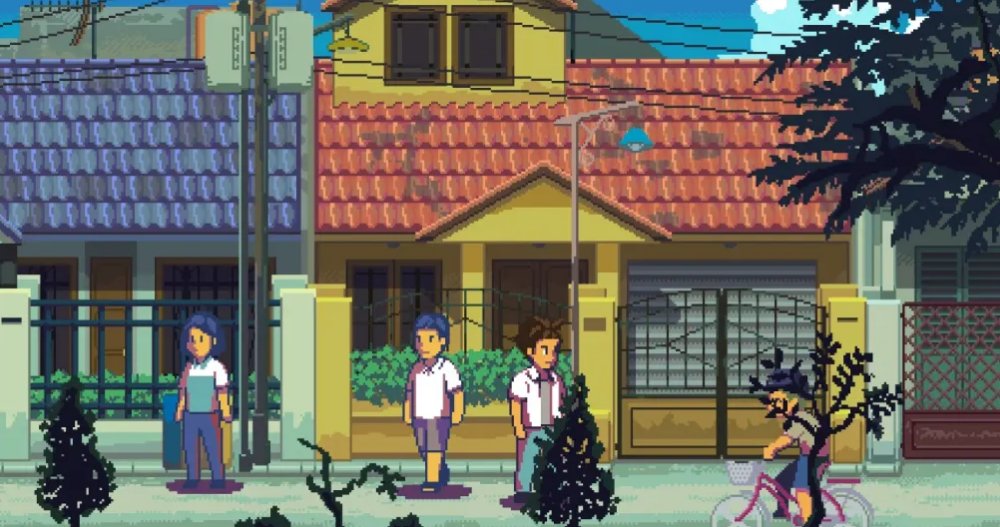
“A Space for the Unbound” unveils a breathtaking magical realm accompanied by a powerful and heartwarming narrative. Navigating through the game’s storyline, the realization dawned upon me that it possesses the inherent potential to seamlessly transition into an anime, drawing parallels with the poignant impact experienced in Makoto Shinkai’s renowned works such as Your Name, Weathering with You, and 5 Centimeters per Second.
The essence of A Space for the Unbound intricately weaves themes of loss, celebration, and unity, echoing the emotional depth found in Shinkai’s masterpieces. Despite occasional moments of deliberate pacing, the magnetic allure of the narrative propelled me to witness it through to its conclusion, leaving me both fulfilled and yearning for an alternate ending.
Such is the nature of narratives; they unfold with twists and turns that may not align with our desires, yet the journey remains profoundly satisfying and emotionally resonant. A Space for the Unbound is a testament to the storytelling prowess that lingers, capturing the bittersweet beauty of life’s unpredictable trajectory.
What We Enjoyed About A Space for the Unbound
A Space for the Unbound captivates players with a stunning magical world, complemented by a profound and heartwarming narrative. As I immersed myself in the game’s storyline, the realization dawned that its richness holds the potential for a compelling anime adaptation, akin to the emotional impact felt in Makoto Shinkai’s revered works like Your Name, Weathering with You, and 5 Centimeters per Second.
Phenomenal Storytelling: A Space for the Unbound stands out for its exceptional storytelling. The narrative, spanning the beginning, middle, and end, unfolds with diverse components, taking players on an unpredictable adventure. The story weaves friendships, prompts questioning of the game’s world, and evokes a myriad of emotions. The sheer quantity of content allows players to interpret the story in their unique way, fostering a sense of individuality in the narrative experience. The emotional depth, incorporation of magical elements, and overall storytelling mastery captivate players from the very first scene, creating a desire for the game never to end. The prospect of a sequel tantalizes, promising potential continuations and new revelations.
Stunning Pixelated Visuals: The game’s pixelated visuals contribute significantly to its allure. Set in Indonesia, the 90s pixel art style showcases beautifully colored details and shading in every scene. The graphics, though simple, exhibit exceptional detail. The use of color and tones dynamically changes to convey emotions and events, enhancing the overall mood as intended by the developers. The visual harmony, incorporating style, color, and detail, creates a unique and captivating aesthetic that resonates throughout A Space for the Unbound. The choice of pixel art over modern graphics becomes a pivotal element, emphasizing the game’s distinctive impact.
Smooth and Dramatic Audio: The audio elements of A Space for the Unbound enhance the gaming experience. Heartfelt moments and moments of devastation are accompanied by fitting audio, aligning with the energy of each scene. Combat scenes feature intense background music, elevating tension, while serene ventures are complemented by tranquil melodies that seamlessly blend with the scenic surroundings. Realistic sound effects further contribute to the immersive ambiance. Notably, the game unveils beautiful songs towards the end, eliciting emotions and leaving a lasting impression with their moving melodies.
Cats Galore!: A delightful inclusion for cat enthusiasts, A Space for the Unbound incorporates numerous references to feline companions. Cats play a functional role in assisting players during quests, and their presence adds a touch of charm to the game. The option to pet and name these virtual cats enhances the overall gaming experience, appealing to the universal joy of interacting with animals in video games. The game’s setting in rural Indonesia allows for an authentic portrayal of the affectionate nature of cats, adding a touch of realism to the fantastical narrative.
Engaging Gameplay: A Space for the Unbound offers a diverse range of gameplay elements, including combat, space dives, item gathering, and puzzles. This variety ensures there is something for every player, contributing to the overall magnificence of the game. The gradual introduction of different qualities and challenges keeps the gameplay fresh and engaging. As players progress through the chapters, the complexity of the game increases, providing a balanced level of challenge that stimulates cognitive engagement without becoming overly difficult. The seamless integration of various gameplay elements contributes to the game’s overall excellence.
Balanced Key Elements: The game strikes a commendable balance between cutscenes, gameplay segments, and optional events. The distribution of these elements throughout the game ensures a well-paced and engaging experience. The gameplay seamlessly intertwines with the progression of the story, providing moments of respite and explanation when needed. The equilibrium between active and sedentary gameplay keeps the flow satisfying, preventing any monotony from setting in. A Space for the Unbound masterfully manages the pacing, allowing players to immerse themselves fully in the unfolding narrative and quests.
Emotional Rollercoaster: A Space for the Unbound elicits a wide spectrum of emotions, creating a genuine emotional rollercoaster for players. From highs to lows, laughter to anger, and shocking events, the game brings every facet to life. The emotional investment it fosters is profound, leaving players in tears by the journey’s end. The narrative ensures there are never dull moments, cultivating a deep sense of connection with the characters and events. The emotional resonance achieved in the game is a testament to its storytelling brilliance.
Raises Awareness: The game commendably addresses sensitive topics such as depression, anxiety, and suicide, offering a warning at the outset. A Space for the Unbound handles these themes with finesse, raising awareness and allowing players to empathize with the character’s struggles. The inclusion of unique personalities for various characters fosters a deeper connection, making the portrayal of mental health issues more realistic. The developers’ commitment to highlighting these important issues adds an extra layer of significance to the game’s narrative.
Manual and Autosaves: The inclusion of both manual and autosave options ensures player convenience. The ability to save at any moment, coupled with frequent autosaves, facilitates a seamless gaming experience. Multiple save slots offer flexibility, allowing players to create multiple checkpoints across chapters for various purposes. Whether for experimentation or achievement hunting, the availability of save options adds to the overall player-friendly design. This thoughtful inclusion by the developers reflects a keen understanding of player needs and preferences.
A Space for the Unbound stands as a testament to exemplary game design, storytelling, and thematic exploration. From its pixelated visuals to the emotional depth of its narrative, the game offers an immersive and unforgettable experience. The meticulous balance of gameplay elements and its commitment to addressing mental health issues elevate it beyond mere entertainment. A Space for the Unbound not only delivers a captivating gaming experience but also leaves a lasting impact, prompting reflection on the intricacies of life and emotion.
A Space for the Unbound: Core game mechanics
A Space for the Unbound masterfully intertwines various game mechanics, blending combat elements, puzzles, inventory management, and a semi-open world to deliver an immersive and interactive story-driven experience. As I delved into the early stages of the game, little did I anticipate the depth and modernity it would offer, defying expectations for a pixelated adventure.
Pixel games have evolved significantly, incorporating a wealth of gameplay elements while maintaining intricate art styles. In A Space for the Unbound, the menu options reflect a robust set of features, including Objectives, Map, Inventory, Collectibles, and Tales. The expansive map, though occasionally daunting, contributes to the game’s lively and vibrant world, teeming with locals and animals. The evolving weather conditions, mirroring the narrative progression, add an extra layer to the already captivating art style. Exploring diverse streets, interacting with characters, petting cats, and visiting stores became a source of joy within the game.
Among the memorable locations, the arcade stood out as a personal favorite. Engaging in the mini-game to beat the high score became a delightful challenge, driving me to invest more time and relish the eventual victory. The game’s ability to infuse such diverse elements, from arcade escapades to nuanced storytelling, showcases its versatility and commitment to player engagement.
However, not all aspects of the game unfolded seamlessly. The puzzle system, while integral to the narrative development, presented moments of frustration. Some puzzles proved enjoyable and contributed to the game’s overall design, while others induced head-scratching and hindered the smooth flow of the story. The complexity of certain puzzles became a subjective challenge, occasionally disrupting the immersive experience.
A notable concern arose from certain quests that felt somewhat padded out. In moments of intensity, having to assist a character in repairing a truck’s tire or completing unrelated tasks for a general store owner felt incongruent with the overarching narrative. While these diversions showcased the world’s depth, they occasionally disrupted the pace, hindering the desire to progress seamlessly through the story.
The puzzle system, in its varied forms, played a crucial role in the game’s structure. Atma’s ability to ‘space dive’ into the minds of Loka’s residents introduced engaging logic puzzles, delightful minigames, and creative Phoenix Wright-esque cross-examination sequences. The puzzles within the minds of the characters added depth and variety to the gameplay, contributing to the overall appeal. However, it’s worth noting that touchscreen support, while available for skipping dialogue, wasn’t uniformly integrated across all aspects of the game.
Despite occasional frustrations with certain puzzles, the diverse elements introduced in the minds of characters kept the gameplay fresh and captivating. The narrative, characterized by magic and punctuated by surprising story beats, remained a driving force that compelled me to continue the journey until its conclusion. The inclusion of touchscreen support for dialogue skipping added a layer of convenience, though some minigames lacked this feature.
Subjectivity played a role in the puzzle-solving experience, with individual preferences influencing enjoyment. What posed a challenge for one player might be a source of enjoyment for another. The balance between puzzles and other elements within the game is a delicate one, and A Space for the Unbound managed to keep players engaged by consistently introducing new elements within each unique mental landscape.
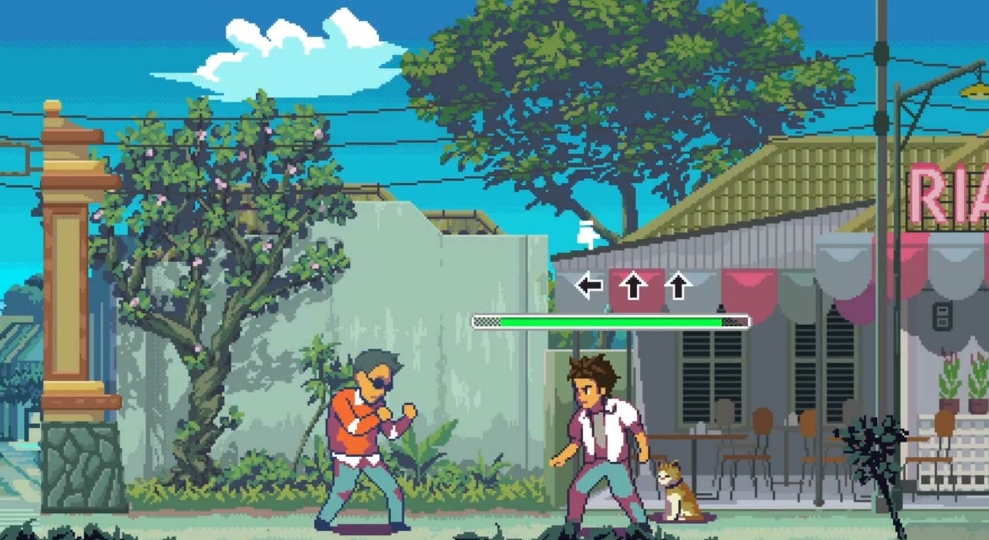
A Space for the Unbound emerges as a captivating blend of modern game mechanics and a rich pixelated art style. Its success lies in seamlessly integrating diverse elements, from combat to puzzles, within a semi-open world. While certain puzzles may prove challenging for some players, the overall experience remains engrossing, driven by a compelling narrative and a commitment to delivering a memorable and varied gameplay experience. The game’s ability to evoke emotions, coupled with its awareness of mental health issues, further elevates it beyond a mere adventure, leaving players with a profound and lasting impression.
A Space for the Unbound: Combat
Combat in A Space for the Unbound offers a straightforward yet enjoyable experience. While the initial fights may appear easy and almost impossible to lose, the difficulty level ramps up as you progress, introducing a layer of challenge. The arcade, featuring a mini-game with similar mechanics, proved to be a formidable challenge as I struggled to surpass the high score.
As you advance, combat becomes more engaging and competitive. The system involves two types of prompts: a timed input system for offense and a precision-based stop mechanic for defense. In the latter, you must halt the cursor precisely at the green section while avoiding the red.
While the combat may not be inherently rewarding, it injects a welcome variation into the predominantly text-heavy style of the game. The experience of confronting school bullies and emerging victorious provided a satisfying and gratifying element to the overall gameplay.
A Space for the Unbound- Soundtrack and background music
The soundtrack emerges as a pivotal element that held my attention throughout A Space for the Unbound. In the words of Homelander from The Boys, it was nothing short of perfect—meticulously crafted down to the last-minute details. The seamless synchronization of the background music and themes with the plot and game setting elevates the overall experience.
Mojiken Studio exhibits an impressive ability to encapsulate the essence of the game through a diverse range of tracks, each tailored to evoke specific moods. The soundtrack plays a crucial role in expressing the emotions and nuances of the characters, contributing to the immersive storytelling.
From my perspective, the game would have felt incomplete without the meticulously curated soundtrack, serving as a standout feature. The musical compositions added a layer of emotional depth to the relationships between characters, influencing my sentiments towards them and shaping my hopes for their outcomes. Brace yourself for an emotional rollercoaster, especially when you reach the outro song, as the soundtrack enhances the poignant moments and leaves a lasting impact on the overall gaming experience.
A Space for the Unbound: In conclusion
A Space for the Unbound weaves a narrative filled with unexpected twists and turns, capturing the player’s attention with its engaging storyline. While certain story elements can be predicted, the overall narrative is likely to keep players hooked. The distinctive art style alone makes the game worth exploring, adding to its unique charm.
However, the experience does have its challenges, with some tasks becoming frustrating and repetitive, particularly when the storyline necessitates frequent travels across the map for item gathering. Implementing fast travel options could have alleviated this repetitive aspect, offering a more streamlined experience.
Despite these minor drawbacks, the game successfully blurs the lines between gaming and cinematic storytelling. Akin to watching a movie, it provides players with the freedom to explore their surroundings and engage in combat. As the story unfolded, I experienced a mix of emotions—feeling somewhat hollow yet finding a sense of wholesomeness and satisfaction in completing the narrative. The prospect of A Space for the Unbound being adapted into a movie or anime is tantalizing, given its visually appealing aesthetics.
While the runtime may be padded by some meandering requests, A Space For The Unbound stands out as an ideal adventure title, perfect for a cozy day indoors. The puzzles, though not overly challenging, maintain a dynamic quality, preventing monotony. Above all, the game earns commendation for its bittersweet and somber narrative. Handling heavy topics with grace strikes a balance that avoids plunging too far into melancholy. Instead, players emerge from the experience genuinely touched and inspired by the beautifully rendered snapshot of Indonesia and its wonderful inhabitants.


